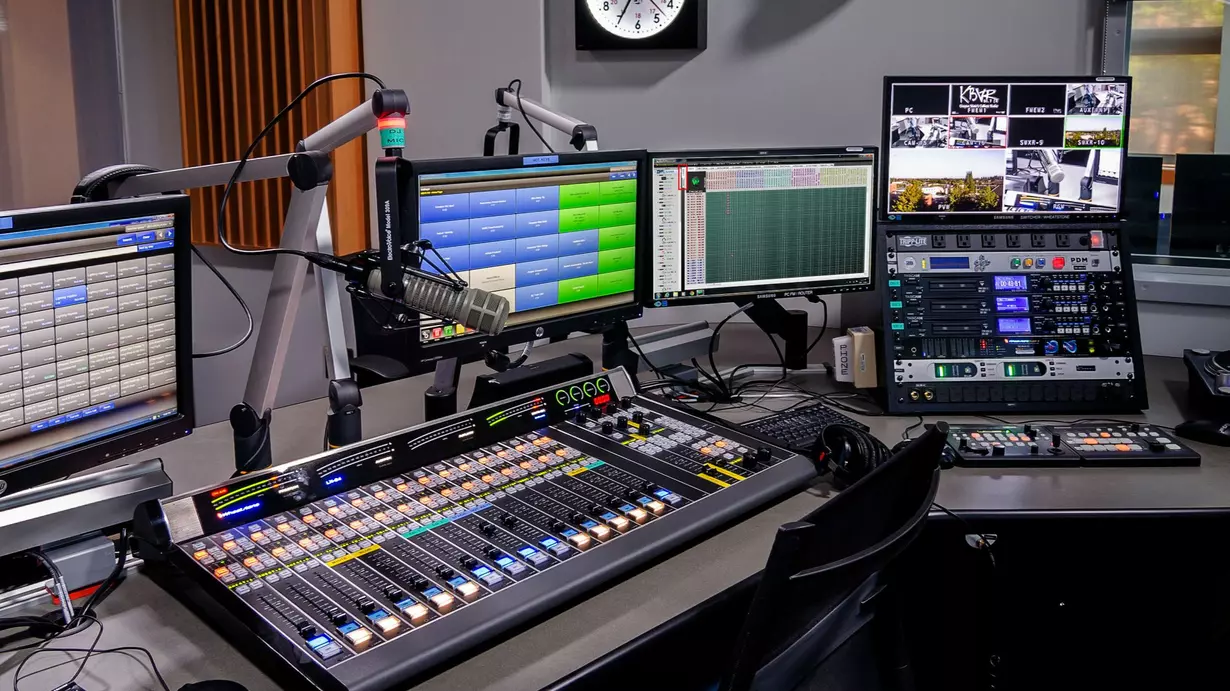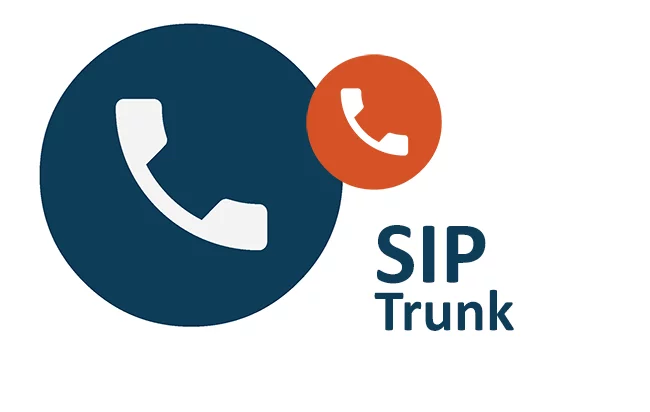
The Ultimate Guide to Radio Station Software Solutions
In the ever-evolving world of broadcasting, the right radio station software can be a game-changer. Whether you operate a small community station or a large commercial network, choosing the right software is crucial for efficient operations, audience engagement, and content management. This guide will walk you through the essential aspects of radio station software solutions, highlighting key features, benefits, and popular options available in the market.
Understanding Radio Station Software
Radio station software encompasses a wide range of tools and applications designed to streamline the operations of radio broadcasting. From automation and scheduling to content management and analytics, these solutions help broadcasters deliver high-quality content while optimizing their workflow.
Key Functions of Radio Station Software
- Automation: Automates the scheduling and playback of music, shows, and advertisements.
- Content Management: Manages audio files, playlists, and metadata.
- Streaming: Supports live streaming and on-demand content delivery.
- Analytics: Provides insights into listener behavior and engagement metrics.
Why You Need Radio Station Software
Choosing the right radio station software can significantly enhance your broadcasting efficiency, improve audience engagement, and streamline operations. Here are some compelling reasons why investing in radio station software is essential:
1. Improved Workflow Efficiency
Automation features reduce manual tasks, allowing your team to focus on creative content rather than administrative duties. This leads to a smoother workflow and better overall productivity.
2. Enhanced Listener Engagement
With integrated tools for audience interaction, such as polls and social media integration, radio station software helps you connect with listeners more effectively, fostering community and loyalty.
3. Data-Driven Decisions
Advanced analytics provide real-time insights into audience preferences and behaviors, allowing you to make informed decisions about programming and marketing strategies.
4. Compliance Management
Many software solutions include features to help manage compliance with broadcasting regulations, ensuring that your station operates within the law.
Key Features to Look For
When selecting radio station software, consider the following essential features to ensure that it meets your station’s specific needs:
1. Automation and Scheduling
Look for software that automates the scheduling of music, shows, and advertisements. This feature should allow for easy drag-and-drop scheduling, enabling you to plan your content in advance seamlessly.
2. Content Management System (CMS)
A robust CMS is vital for organizing and managing audio files, playlists, and metadata. Ensure that the software allows for easy access and retrieval of content.
3. Streaming Capabilities
With the rise of internet radio, it’s crucial to choose software that supports high-quality streaming. Look for solutions that offer adaptive streaming options to provide the best experience for listeners.
4. Real-Time Analytics
Advanced analytics tools should provide insights into listener demographics, engagement metrics, and content performance. This data is essential for refining your programming and marketing strategies.
5. User-Friendly Interface
A user-friendly interface is critical for ensuring that all team members can navigate the software easily. Look for solutions that offer intuitive designs and easy access to key features.
6. Integration with Other Tools
Ensure that the radio station software can integrate with other tools you use, such as social media platforms and website content management systems, to streamline your operations.
Popular Radio Station Software Solutions
Here are some of the leading radio station software options available today, each with unique features and benefits:
1. SAM Broadcaster
SAM Broadcaster is a popular choice for internet radio stations, offering comprehensive automation and scheduling features. It allows users to manage playlists, stream live audio, and access detailed analytics.
- Key Features: Automation, live streaming, detailed statistics, and a user-friendly interface.
2. RadioDJ
RadioDJ is a free radio automation software that provides a robust set of features for managing playlists and scheduling. It’s particularly popular among community radio stations.
- Key Features: Unlimited playlists, automated scheduling, and comprehensive reporting.
3. Airtime Pro
Airtime Pro is a cloud-based radio station software that offers powerful automation and scheduling tools. It is designed for both live and pre-recorded broadcasts, making it versatile for different broadcasting needs.
- Key Features: Web-based access, easy scheduling, and real-time listener statistics.
4. Rivendell
Rivendell is an open-source radio automation system that provides a complete solution for managing audio content. It is ideal for larger stations that require advanced features and customization options.
- Key Features: Comprehensive playlist management, automation, and support for various audio formats.
5. Zetta
Zetta is a powerful broadcast automation software that is widely used in commercial radio. It offers advanced features for scheduling, automation, and content management.
- Key Features: High-quality playback, user-friendly interface, and robust analytics.
6. RadioCloud
RadioCloud is an all-in-one broadcasting platform that simplifies operations for radio stations. With features like cloud-based streaming, interactive listener tools, and a powerful AI assistant, it’s designed for modern broadcasters.
- Key Features: 24/7 streaming, live and scheduled programming, monetization tools, and integration with smart devices.
Choosing the Right Software for Your Station
When selecting radio station software, consider your specific needs, budget, and the size of your operation. Here are some tips to guide your decision-making process:
1. Assess Your Needs
Identify the key features you require based on your station’s goals, whether it’s automation, content management, or audience engagement.
2. Test Demos and Trials
Most software providers offer free trials or demos. Take advantage of these opportunities to test the software in a real-world setting and assess its suitability for your station.
3. Read Reviews and Get Recommendations
Research user reviews and testimonials to gain insights into the software’s performance and reliability. Engaging with other broadcasters can also provide valuable recommendations.
4. Consider Scalability
Choose software that can grow with your station. As your audience expands, you’ll want a solution that can accommodate increased demands without requiring a complete overhaul.
Conclusion
Investing in the right radio station software is essential for enhancing your broadcasting efficiency and engaging your audience effectively. By understanding the key features, benefits, and popular options available, you can make an informed decision that meets your station’s unique needs. With the right software in place, you can streamline operations, improve content delivery, and ultimately drive the success of your radio station.




